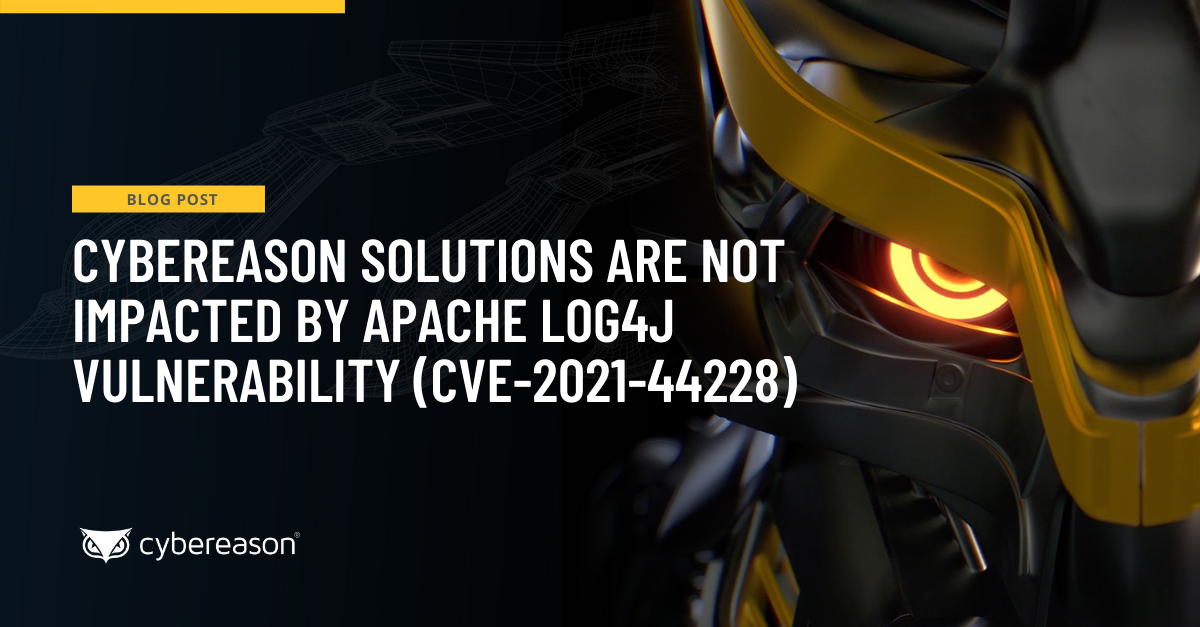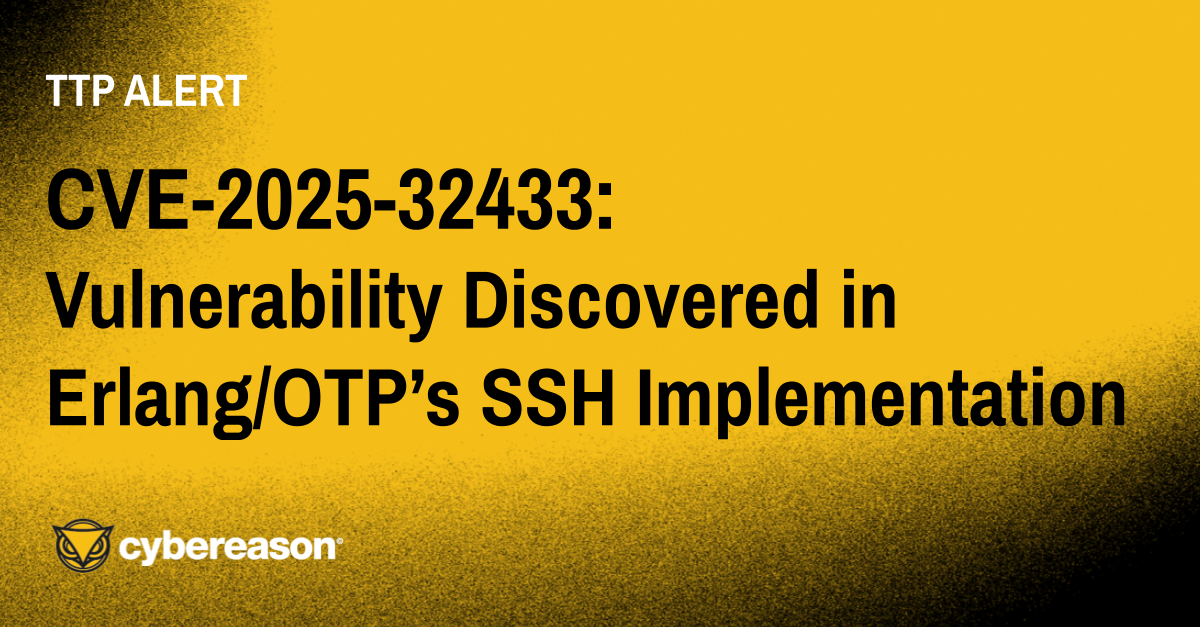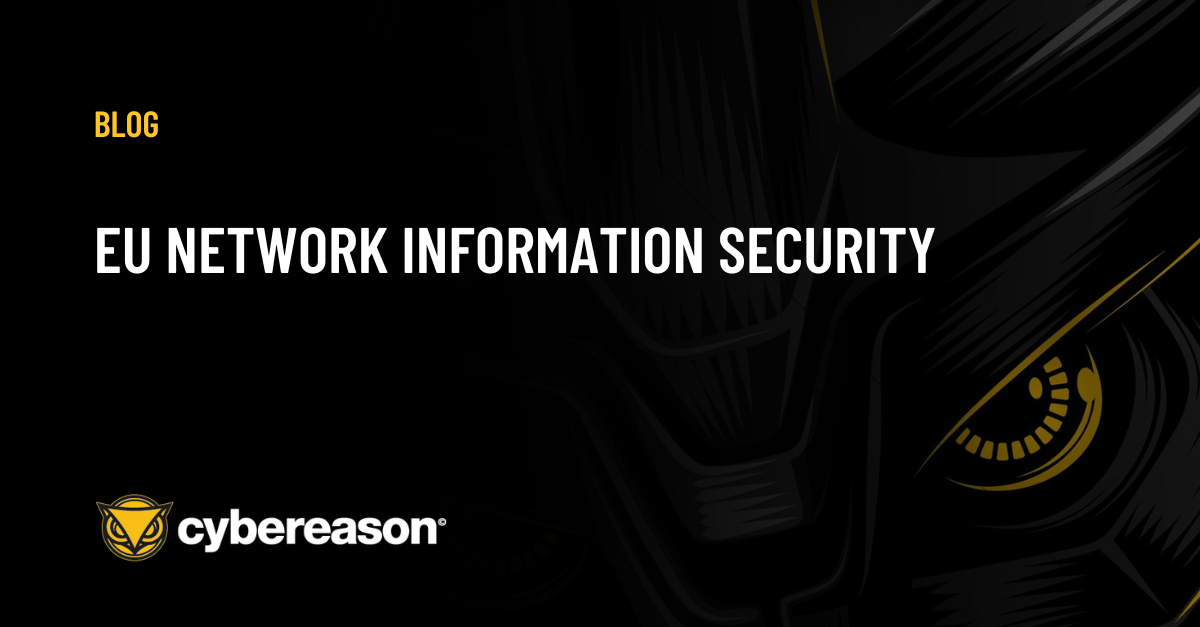
Cybereason Solutions Are Not Impacted by Apache Log4j Vulnerability (CVE-2021-44228)
Cybereason has completed verification that the Apache Log4j vulnerability (CVE-2021-44228) does not affect any Cybereason products or services...

Cybereason Consulting Team
A critical vulnerability, tracked as CVE-2025-32433, has been discovered in the SSH server component of Erlang/Open Telecom Platform (OTP). This vulnerability is an unauthenticated remote code execution (RCE) vulnerability, disclosed on April 16, 2025. It has a maximum CVSS v3 score of 10.0, indicating the highest severity. The flaw could allow an unauthorized threat actor with access to an Erlang/OTP-based SSH service to execute arbitrary code without supplying any credentials. If exploited, a threat actor could compromise the target system simply by initiating an SSH connection and sending malicious data, even before authentication completes. If the Erlang/OTP SSH daemon operates with elevated privileges, such as root, successful exploitation could grant a threat actor full control over the affected system.
One Malformed SSH Handshake
The vulnerability resides in the SSH handshake message handling of Erlang/OTP’s built-in SSH server. According to the SSH protocol specification (RFC 4252 §6), certain message types (with IDs ≥ 80) are reserved for stages after user authentication. If an SSH client attempts to send such messages before authentication, a compliant server must immediately disconnect the session. The vulnerability was discovered by a team of researchers at Ruhr University Bochum (Fabian Bäumer, Marcus Brinkmann, Marcel Maehren, and Jörg Schwenk) and responsibly disclosed it. Official advisories were published via the Openwall mailing list and the Erlang/OTP GitHub repository on April 16, 2025.
What Went Wrong in Erlang/OTP
In affected versions of Erlang/OTP, the SSH daemon fails to enforce this rule and the server does not disconnect when receiving disallowed messages early. This oversight in state management means that a threat actor could inject messages intended for post-authentication phases during the unauthenticated handshake. The server would mistakenly accept and process them as if the client were already authenticated.
In practical terms, a threat actor can perform a pre-auth channel hijack. Proof of concept code has been reviewed and identified as sending a channel open request to initiate an SSH session, then immediately sending a channel request carrying a payload (e.g., a command to execute) before any login. Vulnerable Erlang/OTP SSH servers lack the check to reject this type of command so they proceed to open the channel and execute the requested command with the privileges of the SSH service. The entire exploit can occur during the handshake, without any valid username or key.
Note: The root cause was a missing condition in the ssh_connection:handle_msg function of the Erlang/OTP SSH library. The patch introduced a check to detect message IDs ≥ 80 sent while authenticated = false and to immediately terminate the connection if encountered. In other words, the fix ensures the server “hard stops” any out-of-order message sequences during authentication, as the protocol intends.
Security researchers have described this bug as surprisingly trivial to exploit. Horizon3.ai’s attack team reproduced the exploit within a day and noted it was "surprisingly easy" to craft a working attack. Memory corruption is not required. The flaw is a logic mistake that a threat actor can leverage to directly execute commands. Public proof-of-concept (PoC) exploits emerged shortly after disclosure, demonstrating how a threat actor can, for instance, create a file on the server as root via a single malformed SSH handshake. Given the simplicity, experts warned that mass exploitation “in the wild” is likely imminent.
Impact: What an Attack Enables
The consequences of CVE-2025-32433 are potentially severe because it grants code execution before authentication allowing a threat actor to effectively become an unauthorized system admin on the target device.
Real-world exploitation of this vulnerability could facilitate attacks ranging from ransomware deployment to critical infrastructure sabotage. For instance, a telecom core router running Erlang could be made to shut down or reroute traffic, causing network disruption. An IoT sensor network could be turned against itself to feed false data or become part of a botnet. The breadth of impact depends on where Erlang/OTP’s SSH is used (as we explore next), but wherever it appears, the outcome of an exploit is a complete host takeover.
Affected Systems and Platforms “Am I affected?”
If you run an SSH server built on Erlang/OTP, assume yes. The original advisory makes clear that all versions of Erlang/OTP’s SSH prior to the fixed releases are vulnerable. This is not tied to a specific operating system or device; it’s about the SSH library in Erlang’s platform. Any software or firmware that includes Erlang/OTP’s SSH component could be exposed. Here are known/notable examples of where Erlang/OTP is used:
Telecom and Network Appliances
Erlang has become a popular language for building fault-tolerant, distributed systems in a wide range of industries, including web applications, cloud computing, and financial services. Cisco’s network management systems (like the Tail-f ConfD engine embedded in routers) are built on Erlang/OTP. These systems often provide SSH-based admin consoles, which likely rely on OTP’s SSH implementation. Ericsson’s carrier-grade telecom switches (such as the AXD 301, famous for 9-nines reliability) run millions of lines of Erlang.
IoT and Industrial Control Systems
Erlang/OTP is favored in some internet of things (IoT) and operational technology (OT) solutions for its concurrency and reliability. It’s found in industrial automation controllers, smart sensors, and edge computing gateways. For instance, the open-source Nerves Project provides an embedded Elixir/Erlang platform for IoT devices and it uses OTP’s SSH to allow developers to remotely shell into devices. By default, a Nerves device will start an SSH server on port 22 (using Erlang’s :ssh), providing an IEx console and file transfer capabilities. This is a convenient feature, but with CVE-2025-32433, it could become an attack vector. Any IoT gadget or industrial controller exposing an Erlang-based SSH (whether for debugging or remote management) could be taken over completely by a network-based attacker. Consider smart meters, PLCs, or security cameras running Erlang/OTP software. They might be small, but if compromised, they can pose security risks (e.g., spying, sabotage, botnet recruitment, DDoS swarm recruitment, etc.).
Enterprise Software and Cloud Services
Erlang/OTP is the backbone of several widely-used software platforms:
Operating Systems and Distributions
Erlang is not an OS by itself, but it does come packaged in many Linux distributions. For example, Ubuntu, Debian, and others ship Erlang/OTP runtime for users. If any local applications or services on a server utilize the OTP SSH (instead of OpenSSH), they’d be affected. It is worth noting that Cybereason Consulting experts have reviewed the associated documentation and have not found any evidence that the CVE impacts the common OpenSSH daemon. The CVE is specific to Erlang’s SSH implementation. Ubuntu tagged this CVE “High” priority and released updates for supported versions within a day. Admins should ensure the OS-provided Erlang is updated especially if running services like the above on those machines.
Analogy
Imagine a locked building with security staff at a front desk. Normally, when someone walks in, they are required to check in with security, show their ID for verification, and receive a visitor badge before being allowed access to any rooms or offices within the building. Now imagine that anyone who walks in and says “I have a meeting in Conference Room A” is automatically granted access by security. Security unlocks the door without verifying their identity or whether they actually have a meeting. Security treats the request as valid simply because it was phrased like a legitimate request. That’s CVE-2025-32433 in a nutshell.
Below are some key recommendations from the Cybereason DFIR team:
As with most CVEs, patching is the top priority. The Erlang/OTP maintainers have released fixes in several patch versions:
| Affected Versions | Fixed Versions |
|
OTP-27.3.2 and prior |
|
|
OTP-26.2.5.10 and prior |
|
|
OTP-25.3.2.19 and prior |
These releases implement the protocol check to properly reject out-of-order messages and stop the exploit. If you obtain Erlang/OTP from a system package manager, look for these version numbers. Ubuntu backported the fix to its Erlang 24 and 22 packages with new build revisions. If you use a vendor-supplied Erlang/OTP (embedded in another product), then you should monitor advisories from that vendor. Companies like Cisco or Ericsson that ship Erlang within their products should issue updates aligning with the above versions.
Devon Ackerman, Global Head of DFIR, Cybereason
 Devon Ackerman is the Global Head of DFIR at Cybereason. Devon leverages over 15 years of experience in the cybersecurity industry, with a focus on Digital Forensics and Incident Response. He has built, managed, and led large global incident response teams, and has worked hundreds of incident response engagements, including some of the most complex in the world.
Devon Ackerman is the Global Head of DFIR at Cybereason. Devon leverages over 15 years of experience in the cybersecurity industry, with a focus on Digital Forensics and Incident Response. He has built, managed, and led large global incident response teams, and has worked hundreds of incident response engagements, including some of the most complex in the world.

Cybereason has completed verification that the Apache Log4j vulnerability (CVE-2021-44228) does not affect any Cybereason products or services...

It's not surprising that in the last couple of months the requests of “are you EU Network Information Security Directive (NISD) v2 compliant?” are starting to come in. What would seem like a simple GRC yes no question is in fact complex.

Cybereason has completed verification that the Apache Log4j vulnerability (CVE-2021-44228) does not affect any Cybereason products or services...

It's not surprising that in the last couple of months the requests of “are you EU Network Information Security Directive (NISD) v2 compliant?” are starting to come in. What would seem like a simple GRC yes no question is in fact complex.
Get the latest research, expert insights, and security industry news.
Subscribe